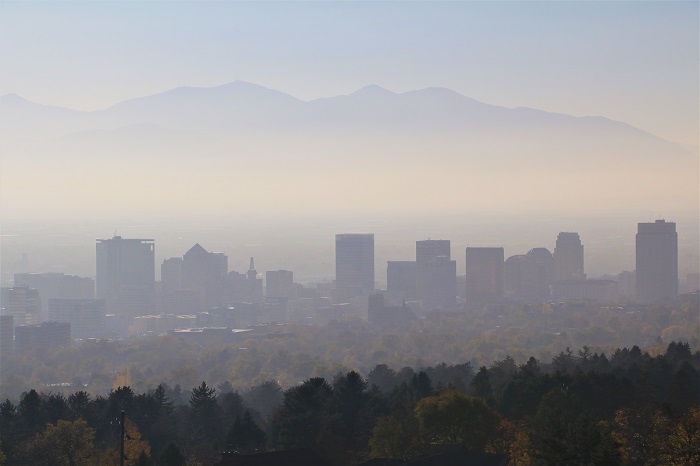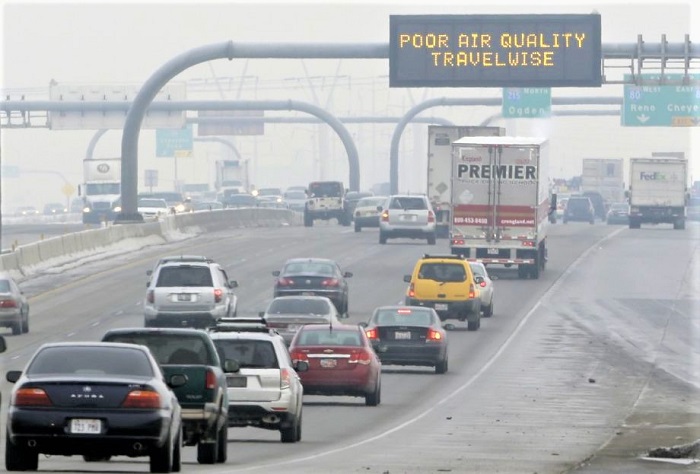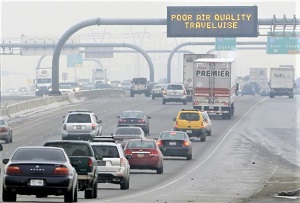
Over the years, improvements in energy efficiency of newer cars, and more freeways facilitating higher car speeds traveling at higher gear ratios have contributed to reducing air pollution per mile traveled. Unfortunately, smog from vehicles along the Wasatch Front continues to worsen.
In this article, I attempt to provide a few ideas towards reducing car idling as one of the main causes of increasing air pollution levels resulting in many different health problems for valley residents.
What Can You Do?
When a car idles, it pollutes everyone’s air without transporting anyone anywhere. Salt Lake City attempted to penalize drivers for merely warming up their cars before driving them. But seriously, who doesn’t start their car before sweeping snow and/or scraping off the ice? This so-called misdemeanor is almost entirely ineffective and unenforceable.
I see drivers using their smartphones at intersections to be a much more serious problem. Who hasn’t been stuck at a light because a driver ahead failed to notice that the light had changed causing others behind to suffer an entire light cycle, everyone idling the whole time? Multiply that problem by thousands of phone users and intersections and it becomes significant.
A system could be created to penalize drivers who are using their phones instead of paying attention to driving. People could report license plate numbers to highway enforcement exposing irresponsible drivers on their phones to potential fines based on the number of independent reports.
What Does Municipalities Can Do?
Municipalities can also help reduce pollution by revising their traffic signals. For instance, Who always comes to a full stop at a stop sign anymore?
I even see many police officers doing the “rolling stop” at those signs. Many intersections are large enough to accommodate “dedicated, mandatory” right turn lanes from all directions.
Stop signs could be replaced with yield signs, and the lanes repainted. The chance of accidents would ultimately be reduced and idling at stops largely eliminated. Drivers would not need to pay as much attention to others traveling through intersections because those lanes would be dedicated to right turns only.
I see many intersections with the potential to reduce both accidents and unnecessary pollution through this very inexpensive solution.
The need for drivers to stop at so many intersection lights might also be reduced. The technology today exists to time signal lights to promote safer travel while reducing the need to stop, especially on larger, straighter streets.

Here in Salt Lake, the one-way streets of 500 and 600 South have largely utilized this approach for many years to facilitate heavier rush hour traffic in and out of downtown.
Because many of Utah’s urban areas were originally laid out as a grid with wider streets, they are especially preadapted for timing strategies in all directions to help curtail accidents while also reducing idling.
Lastly, the creation of roundabouts is being utilized worldwide to reduce stopping and idling without any need for expensive new technologies.
This approach has even started showing up here on the Wasatch. Intersections re-engineered as mini-roundabouts are appearing near my home here on Salt Lake City’s West Side.
Personal behavior and engineering means everyone in Utah can work together to reduce pollution!
See more stories on air pollution in Utah:


